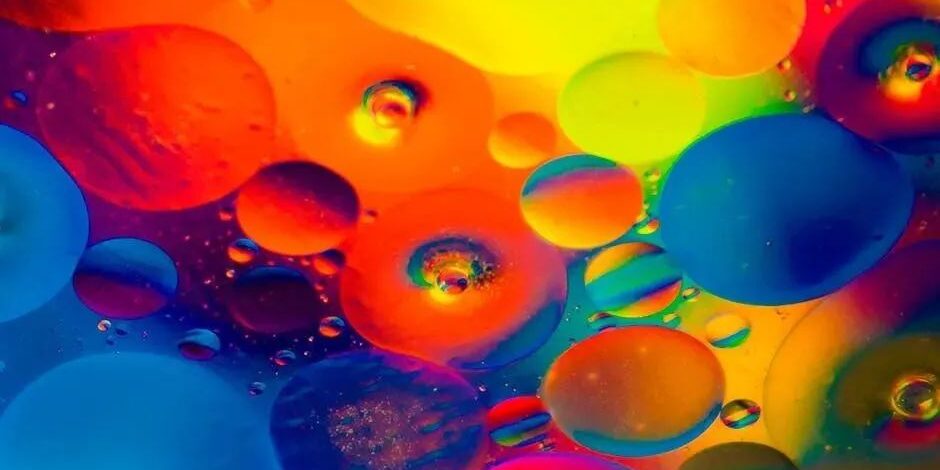How do surfactants disrupt the equilibrium within foam bubbles?
Equilibrium Eruption: How Surfactants Disrupt Foam Bubbles
Effectively controlling foam isn’t just about penetrating its structure, but causing a disruption that leads to its collapse. This is precisely where surfactants, with their unique properties and behavior, step in to destabilize and disrupt the equilibrium within foam bubbles.
Disturbing the Balance: Surfactants in Action
Once surfactants navigate into the defensive layer of foam bubbles with their amphiphilic nature, their disruptive influence begins. The hydrophilic heads of the surfactant molecules interact with the water phase of the bubble’s surface layer, situating these molecules on the water-air interface of the bubble.
Meanwhile, the hydrophobic tails of the surfactants are repelled by the water phase and are oriented towards the air inside the foam bubbles. This dual action disturbs the balanced state of forces previously maintaining the foam bubble’s integrity.
Pressure Imbalance: The Catalyst of Collapse
The hydrophobic tails of surfactant molecules exert an outward force against the bubble’s walls, causing the thin aqueous layer of the foam to stretch and become even thinner. At the same time, the hydrophilic heads are pulling the liquid in the layer, further contributing to the tension.
Simultaneously, gas inside the foam bubble is pushing against the stretched layer. This pressure imbalance weakens the bubble, thinning the defenses until it can no longer sustain its shape, leading to a collapse of the bubble.
The Domino Effect: Leading to Foam Reduction
Each disrupted and collapsed bubble triggers a domino effect. As each bubble pops, foam is reduced step by step until the process is finally under control, all thanks to the surfactants’ ability to disrupt the equilibrium.
FAQs
-
How do surfactants disturb the balance within foam bubbles?
- The hydrophilic heads of surfactants interact with the water phase, while their hydrophobic tails are oriented towards the air inside the bubbles. This dual action disrupts the equilibrium of the foam bubbles.
-
What happens when the equilibrium within foam bubbles is disrupted?
- Surfactants create an outward force against the walls of the foam bubbles, causing the defensive layer to stretch and thin out. The pressure imbalance gradually weakens the bubble until it collapses.
-
How does the collapse of foam bubbles lead to foam reduction?
- Each foam bubble’s collapse induces a domino effect, leading to a gradual reduction in overall foam.







